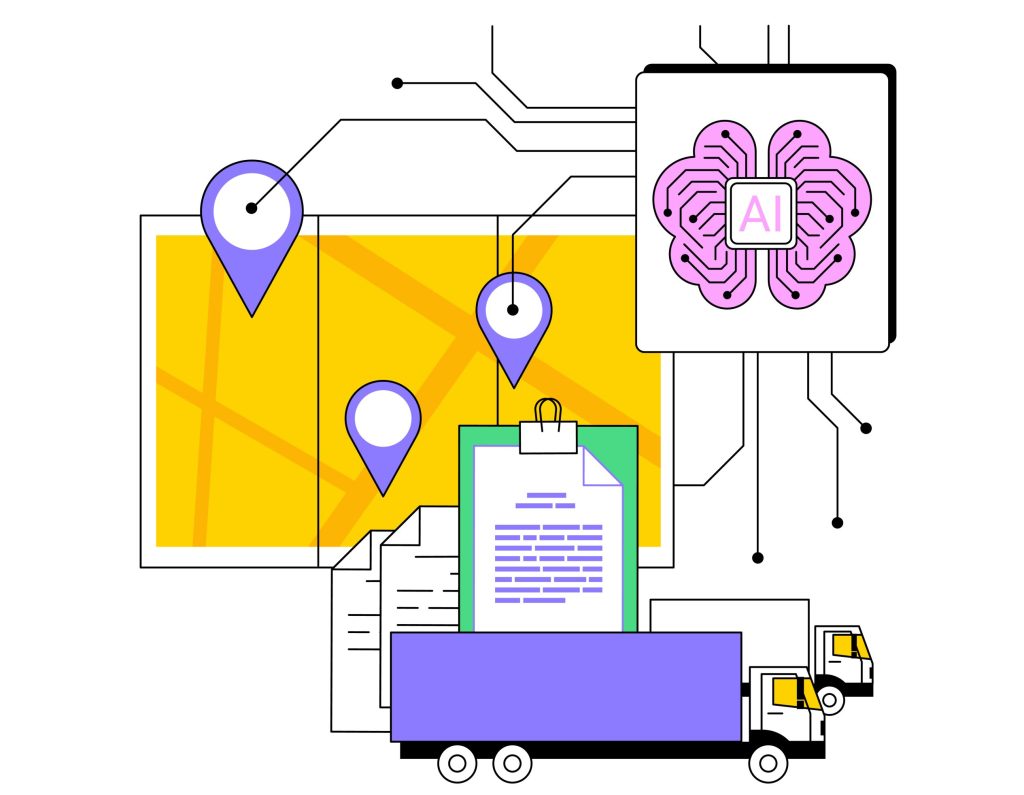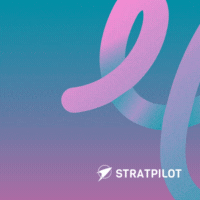Managing a supply chain as an SME is no small feat. From forecasting demand to managing vendor relationships, every step must be streamlined to stay competitive. This is where AI Prompts for Supply Chain Management come in, not as a replacement, but as a smart assistant helping you and your team set clearer goals, make quicker decisions, and reduce risks through intelligent recommendations.
By – Vamsi Bumireddy (CTO)
Why Use AI for Goal Setting in Supply Chain Management
Small businesses often deal with limited resources and tight margins, which makes it essential to focus their energy on the right priorities. But setting goals based purely on experience or intuition can lead to missed opportunities or operational inefficiencies. AI helps by turning real-time supply chain data into focused, actionable prompts. Whether it’s anticipating a stock-out or identifying underperforming suppliers, AI-generated prompts empower your team to define meaningful goals that are data-driven and aligned with business strategy. The result? Less guesswork, more accuracy, and faster execution.
The 10 Best AI Prompts for Supply Chain Management
Each prompt below is designed to help your SME team make informed decisions, set SMART goals, and improve overall supply chain performance.
1. Predict Inventory Gaps Based on Sales Velocity
Prompt: “Analyse current sales trends and flag SKUS at risk of going out of stock in the next 14 days.”
Example Output: SKU #241 and SKU #319 are expected to fall below reorder thresholds in 9 and 12 days, respectively. Recommendation: Restock from Supplier A by Friday to prevent disruption.
Why this is useful: Helps avoid lost sales due to stockouts and supports timely procurement decisions.
2. Identify Underperforming Suppliers
Prompt: “List suppliers with delayed deliveries over the last 90 days and suggest performance improvement strategies.”
Example Output: Supplier X has delayed 27% of shipments. Consider switching high-priority orders to Supplier Y or renegotiating lead time terms.
Why this is useful: Gives your team a performance-based overview to address weak supplier links before they impact operations.
3. Optimise Order Quantities Based on Lead Time
Prompt: “Recommend ideal order quantities for fast-moving SKUS, considering average supplier lead times and current demand.”
Example Output: SKU #557 should be reordered in batches of 750 units every 20 days to meet projected demand and minimise holding costs.
Why this is useful: Supports inventory optimisation without overstocking.
4. Forecast Seasonal Demand Spikes
Prompt: “Using historical data, forecast potential demand spikes for the next 3 months and highlight categories likely to be impacted.”
Example Output: Category A (Outdoor Equipment) is projected to see a 35% spike in June. Prepare stock levels and promotions accordingly.
Why this is useful: Enables proactive planning for seasonal fluctuations, ensuring you’re not caught off guard.
5. Flag High-Risk Shipping Routes
Prompt: “Analyse delivery data to identify shipping routes with frequent delays or high loss rates.”
Example Output: Shipments routed via Carrier Z from Warehouse North show a 22% delay rate. I recommend switching to Carrier W or adjusting dispatch schedules.
Why this is useful: Reduces risk and improves delivery consistency.
 6. Prioritise Orders Based on Margin Contribution
6. Prioritise Orders Based on Margin Contribution
Prompt: “Evaluate current orders and prioritise processing based on the highest profit margin contribution.”
Example Output: Order #3125 (30% margin) should be prioritised over Order #3124 (12% margin) for allocation during peak capacity periods.
Why this is useful: Aligns logistics efforts with financial goals.
7. Set Sustainability Benchmarks for Packaging
Prompt: “Review packaging materials and recommend goals for reducing environmental impact over the next quarter.”
Example Output: Replace plastic wrap in SKUS B100–B105 with biodegradable alternatives to meet the 20% reduction target in non-recyclable packaging.
Why this is useful: Helps align operations with ESG goals and improve brand perception.
8. Improve Warehouse Efficiency
Prompt: “Assess current pick-pack-ship process and identify steps that can be automated or optimised.”
Example Output: Zone B accounts for 40% of mis-picks. Introduce barcode validation in that area and re-train two warehouse associates in scanning procedures.
Why this is useful: Drives operational efficiency through targeted improvements.
9. Monitor Return Rates and Root Causes
Prompt: “List the top 5 products with the highest return rates in the last 60 days and identify common reasons.”
Example Output: SKU #829 shows a 14% return rate, mainly due to size mismatch. Suggest clearer product specs on listing page.
Why this is useful: Improves customer experience and reduces reverse logistics costs.
10. Align Procurement with Marketing Campaigns
Prompt: “Identify upcoming marketing campaigns and adjust procurement plan accordingly.”
Example Output: July’s digital campaign will feature SKU #512 prominently. Procurement should increase purchase order size by 30% from Supplier C to meet demand.
Why this is useful: Prevents marketing success from being undercut by poor inventory planning.
 Example Output of AI-Generated Goal Setting
Example Output of AI-Generated Goal Setting
Let’s walk through an example of how these prompts can generate real value.
Scenario: An SME wants to reduce warehouse error rates and improve supplier performance within the next quarter.
Prompt: “Create a SMART goal for reducing order fulfilment errors and improving supplier delivery accuracy by [percentage] over the next [period].”
AI Output: SMART Goal: Reduce order fulfilment errors by 20% and increase supplier delivery accuracy by 15% over the next 3 months by retraining warehouse staff and renegotiating service-level agreements with the top three vendors.
Team-Level Actions: “Warehouse Lead A will oversee barcode system improvements, while Procurement Officer B will lead supplier evaluation and SLA updates.”
Why this is useful: This aligns the team with focused, data-backed goals and creates accountability across departments.
How Stratpilot Helps SME Supply Chain Teams Work Smarter
Stratpilot is designed to assist small businesses and growing teams in setting and refining operational goals with AI-powered clarity. With Stratpilot, supply chain leaders can generate structured goals, brainstorm data-informed strategies, and create customised prompt templates, all in one central AI workspace. It acts as your thinking partner to help define priorities and align your team faster. Whether you’re managing inventory, coordinating with vendors, or scaling logistics, Stratpilot brings decision support to your fingertips without complexity.
Ready to Turn Supply Chain Chaos into Strategy?
Sign up for Stratpilot today and get access to smart AI features that help you manage your supply chain with focus and intent purpose-built for SMEs who are ready to grow.
Frequently Asked Questions (FAQS)
1. How can AI Prompts improve supply chain management for SMES?
AI prompts help turn raw data into clear, actionable insights. For SMES, they assist with forecasting, supplier evaluation, logistics planning, and inventory control, making daily decisions more structured and effective.
2. Are these prompts suitable even if I don’t use advanced software?
Yes. Most AI prompt tools, including Stratpilot, don’t require complex integrations. You can simply input your data or describe your challenge and get useful responses that you can act on manually or with your existing tools.
3. What makes these prompts different from standard templates?
These prompts are tailored for SMES and designed to be dynamic and context-specific. They help teams set SMART goals grounded in real-time data, not static assumptions.
4. Can Stratpilot help me use these prompts effectively?
Yes. Stratpilot is built to help SME teams develop, customise, and execute goal-focused AI prompts. It offers templates for operations, supply chain, HR, and more, so your team stays aligned on what matters most.





